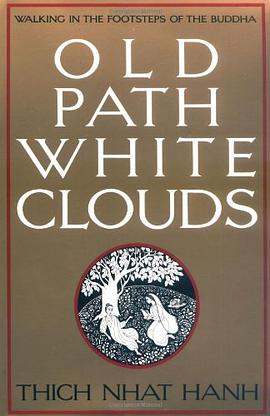The Cambridge Handbook of the Learning Sciences
内容简介
Learning sciences is an interdisciplinary field that studies teaching and learning. The sciences of learning include cognitive science, educational psychology, computer science, anthropology, sociology, neuroscience, and other fields. The Cambridge Handbook of the Learning Sciences shows how educators can use the learning sciences to design more effective learning environments - including school classrooms and also informal settings such as science centers or after-school clubs, on-line distance learning, and computer-based tutoring software. The chapters in this handbook each describe exciting new classroom environments, based on the latest science about how children learn. CHLS is a true handbook in that readers can use it to design the schools of the future - schools that will prepare graduates to participate in a global society that is increasingly based on knowledge and innovation.
......(更多)
作者简介
R.基思·索耶(R.Keith Sawyer),是华盛顿大学圣路易斯分校的教育学副教授。他在芝加哥大学获得了心理学博士学位,在麻省理工学院获得了计算机科学理学士。他的主要研究领域有:创造力、协作和学习。
......(更多)
目录
......(更多)
读书文摘
在研究中,可以从以下三个方面实现方法论证据的严谨性 1.实验/调查已经过充分的执行和分析; 2.相关的观点是已得到证实的、有活力的,与数据、理论密切相关,并为人们所理解; 3.观点与教育实践之间的相关性必须是明确和可行的。
内隐学习是指那种轻易地获取复杂信息的学习(无须有意识地付出努力),且获得的知识很难用语言表达出来。虽然内隐学习的种类很多,但它们大多包含共同的过程:对事件共变方式的快速、省力、自主的探知。
......(更多)






